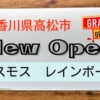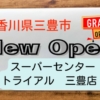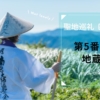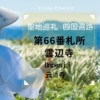【Japan tourism】 Shikoku 88 temple pilgrimage trip [No.81] Ryousyouzan Dourinin Shiramineji
There is a legend that a kind-hearted tengu called “Sagamibo" lives on Mt. Shiramine, where Shiramine-ji stands.
Shiramineji
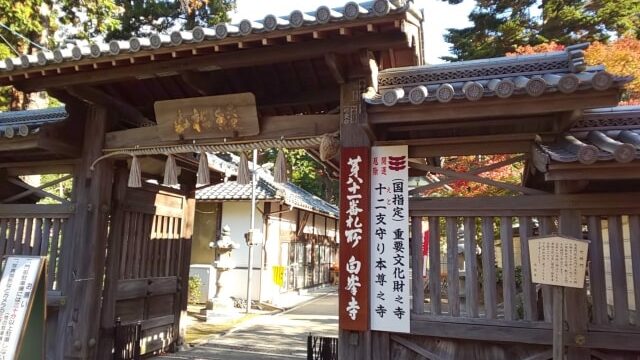
| Principal image | Thousand-handed Kannon Bodhisattva |
| Honzon mantra | On bazara tarama kiriku |
| Denomination | Shingon Buddhisum Omuro sect |
Place
Temple lodging: Be (group only・Reservation required)
Phone:0877-47-0305
〒762-0016
2635 Oumicho, Sakaide City, Kagawa Prefecture
Gosyuin(red stamp)
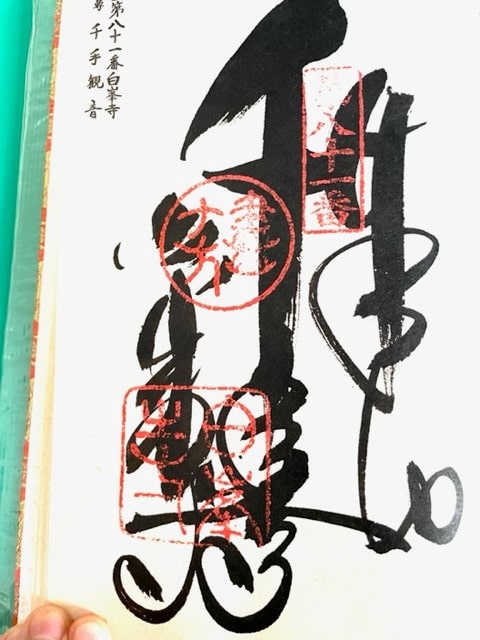
History
It is said that Kobo Daishi and his nephew Chisho Daishi founded the temple in 815 (Konin 6). Kobo Daishi buried a wishing Nyoihoujyu, dug a well, and built a hall on the top of Mt.Shiraimine.
Later, when Chisho Daishi saw the light at the top of the mountain and climbed to the top, he was told by Shiramine Daigongen, the mountain god. It is said that he carved a three-shaku, three-sun statue of Thousand-armed Kannon from a sacred tree that appeared in the Seto Inland Sea, and built a Buddhist temple with this as the principal image.
Shiramine-ji is also the place where Emperor Sutoku, who was defeated in the Hogen War and exiled to Sanuki, passed away.
Emperor Sutoku’s wish to return to the capital was never fulfilled. According to his will, he was cremated at Chigogatake in Shiramine, and a mausoleum was built.
It is said that the retired emperor died with deep sorrow and resentment. As disasters occurred one after another in the capital, generations of emperors, court nobles, and warlords, in fear, devoted themselves to memorial services by dedicating horaku, poetry, and various spiritual treasures.
In particular, Emperor Mikomatsu, the 100th emperor, dedicated an imperial plaque of “Tonshoji" to the Hokke-do hall, which enshrines the spirit of the retired emperor, to express his reverence.
In the first year of Ninnan, Saigyo, who had a close relationship with the retired emperor, visited the mausoleum to commemorate the spirit of the retired emperor, and the story of exchanging poems with the spirit of the retired emperor is also famous in the legend of “Ugetsu Monogatari" by Akinari Ueda. In the precincts, there is also Tamazusa-no-tree, which tells the tragic story of the retired emperor.
A visitor suddenly arrives and the boy goes out to buy tofu under the instruction of the priest. Suddenly someone pushed him on his back and he felt like I was flying through the air. And the next moment, I received a silken tofu that I couldn’t buy in the countryside, and he was standing in the original place.
This is a story handed down that Sagamibo Tengu rescued a boy who suddenly ran off to do some shopping because he felt sorry for him.
Highlight
【Chokugakumon・Tonsho-ji Hall】 The imperial plaque dedicated by Emperor Gokomatsu in 1414 (Oei 21) is displayed at the Chokuganmon Gate. The Imperial Scroll Gate and Tonsho-ji Hall built by the feudal lord of the Takamatsu Domain, Yorishige Matsudaira, are very precious buildings with outstanding features, with very elaborate decorations and structures, based on Japanese styles.
The style of enshrining the emperor, gods, and Buddha in one place is unprecedented in Japan.
【Zodiac guardian principal image】Each hall in the precincts enshrines a guardian deity of the sexagenary cycle. After visiting the main hall and Daishido, many people visit the hall where the guardian deity of their own zodiac is enshrined.
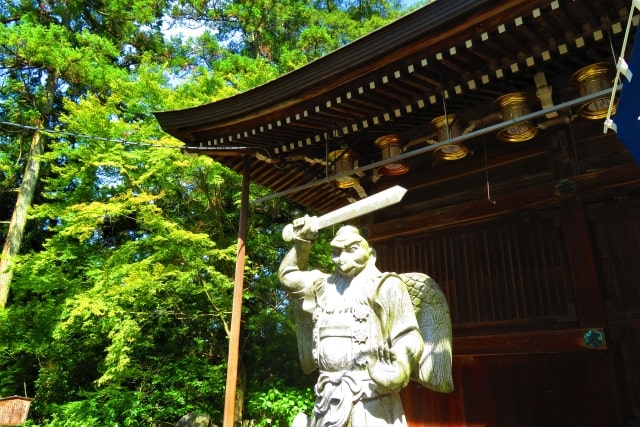
【Statue of Sagamibo Tengu】
It is about 8 km (about 15 minutes by car) to the next 82nd bill place “Negoroji"!


